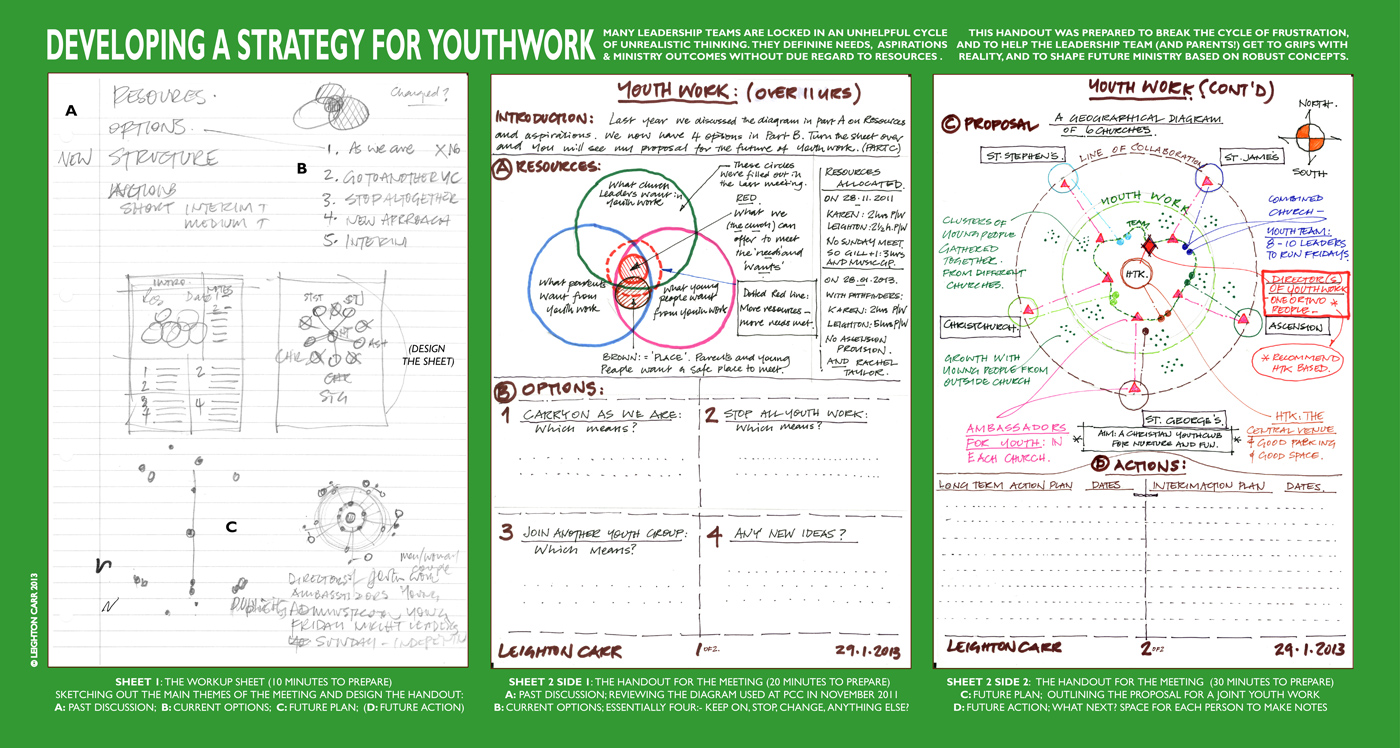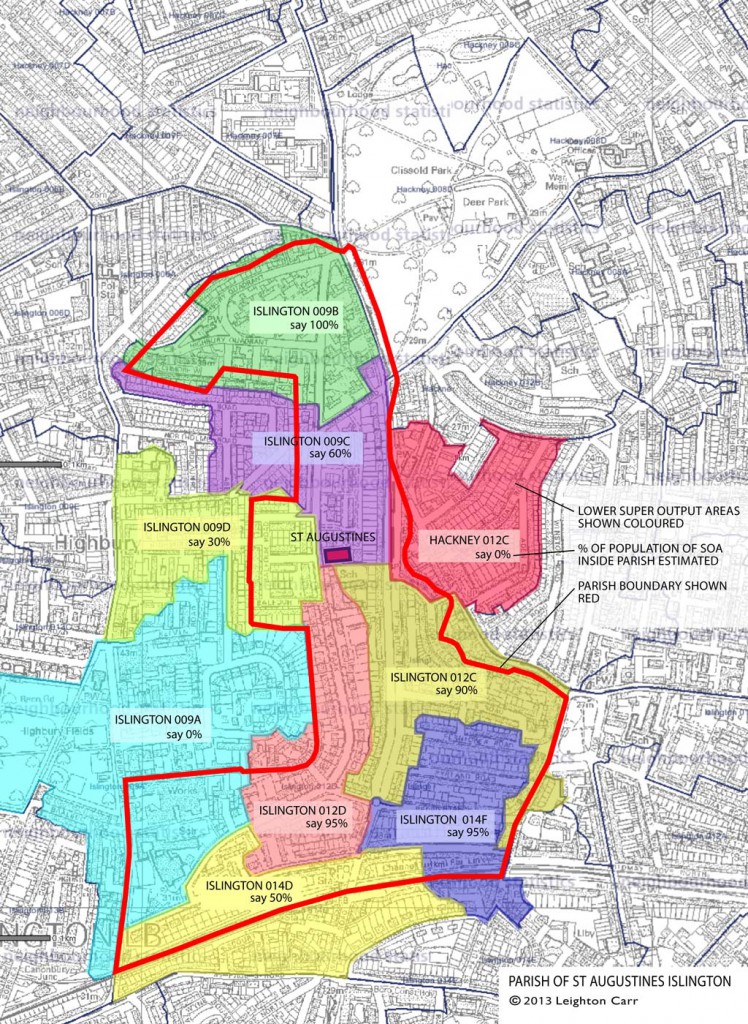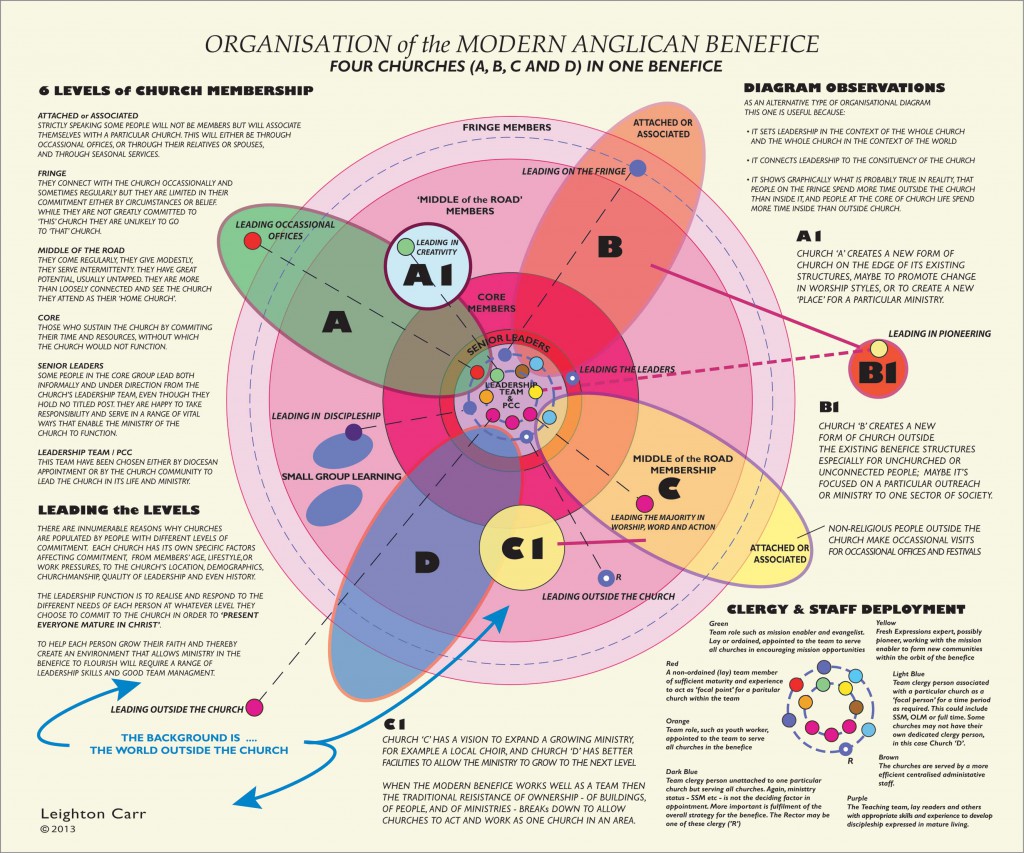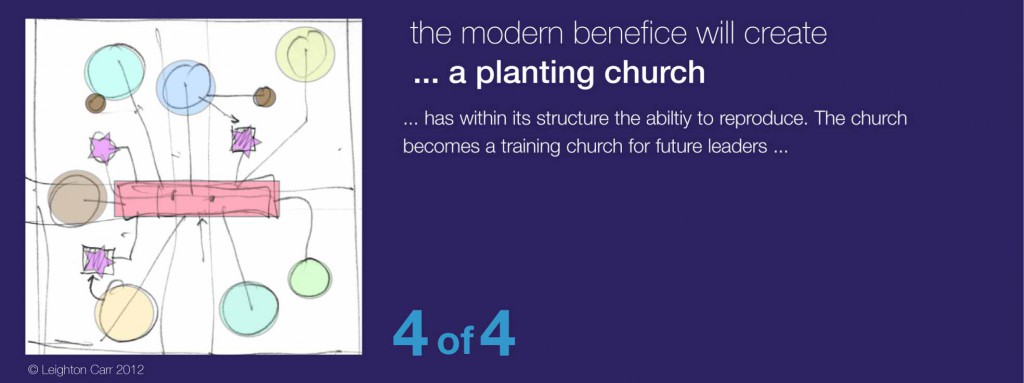In a previous related piece – Problems with Pioneers – Revex v Capex Funding – the argument was made that funding pioneers out of diocese or local church funds is difficult, and it’s better for pioneers to obtain their own funding.\r\n\r\nPaul gave us the biblical model for this when he used funds raised in Macedonia to pay for his work in Corinth and from Philipi for his imprisonment in Rome. And when the funding ran out in Thessolonica he and his companions “…worked our fingers to the bone, up half the night, moonlighting so [they] wouldn’t have the burden of supporting them while we proclaimed God’s Message to you”.\r\n\r\nSo before launching out Pioneers need to ask two basic questions. First …\r\n\r\n…do you back yourself to succeed?\r\n\r\nThen ask the question any investor would ask …\r\n\r\n…Why? How do you know? Where’s the evidence? Are you being honest and realistic? (that’s four, I know)\r\n\r\nAnd there is a third question for those who are married…\r\n\r\n…does my husband/wife agree to using our current funds for ministry rather than for our family and pension?\r\n\r\nIf all these questions can be answered positively then crack on and … work out the sums.\r\n\r\nThere are entrepreneurial ways of funding church planting, but the traditional model is to fund one or two ministers for three to five years. So allow £50,000 for one full time minister with a family per year. That’s £250,000 for five years. And don’t forget the possible cost of hiring a venue and equipment.\r\n\r\nSo now all the ducks are in a row, its time to … think about the ‘ownership’ problem.\r\n\r\nIf you can back yourself and raise your own funds why would you do it for a denomination that will not participate in the risk? And if you plant a successful church, and the denomination has not participated in the risk, why would you give them the benefit of your income stream and assets and resources?\r\n\r\nStill interested? Can you afford it? Family on board? Agreed terms with your denomination?\r\n\r\nIf yes – it’s time to plan.\r\n\r\nIf no – it’s time for the church to rethink funding options for church planting …
Category: creatively re-imagining church
Discipleship Strategy
Living Cities – the need for Creative and Inspired Urban Theology
Living in cities can be challenging, exhausting and exhilarating all at the same time. Some of us love it. Many don’t.
\r\nHow can the church flourish (or even survive) in the modern city, when everyone has so little time and energy for anything but the day-to-day business of staying solvent and sane? In fact, one of the ironies of city churches is that while cities exist because they offer an efficient consolidation of resources, one of the features of many city or urban churches is that they are paired down to the minimum because resources are scarce. I know this having spent all my life in churches serving cities – either city centre, or inner city, or the urban poor.\r\n\r\nAnd yet, one of the hallmarks of the Kingdom of God is growth leading to fruitfulness. It is not scarcity leading to barrenness.\r\n\r\nWhat’s the problem?\r\n\r\nWell, there are lots of problems, but a significant one is that we do not invest enough time in understanding the nature of the urban context in which we witness and worship.\r\n\r\nIt is my firm belief based on years of observation that our praxis (how we act) is weak because our understanding of our context is poor and so our application of theology to our context is immature. I once wrote this:\r\n\r\n“… questions such as …\r\n
… what is this context … how is it formed … how does it form its people … what are its symbols and motifs, its myths and images, and how do they shape the community living amongst them?
\r\n
… help unravel our context. When informed by our theology they lead us to the key questions both the urban theologian and the local Christian want to answer:
\r\n
“where is God in this context, where does He want to be, and therefore, what should we do?”
\r\nThe praxis of urban life is the concern of the poor, the voiceless, the young, the old, of everyone from the makers of history to the inhabitants of shabby cityscapes. Every participant in an urban context is formed by it in some way … It becomes imperative that somewhere within the urban faith community there should be theologians fully engaged with context to interpret it in the light of their learning.\r\n\r\nSo I’m wondering, how many churches have employed theologians, and maybe anthropologists, historians, sociologists, to help them interpret their context?\r\n\r\nFor those that are interested in how this applies to an inner city context see Experiments in Praxis.\r\n\r\nor click on the icon …\r\n\r\n\r\n\r\n \r\n
When pruning means cutting growth
We started a new ministry two years ago.
\n
It was popular. It was reasonably well attended.
\n
But after one year we cut the programme.
\n
Why? Because although it had grown, our detailed analysis revealed some interesting facts.
\n
First, although the event had grown its growth was mainly due to people who would have gone to any number of events that were reasonably accessible, reasonably competently run, and populated with people they knew.
\n
Second, it was an inclusive, welcoming environment, and people of all ages and abilities came and worked together on great projects. However, that highlighted the difficulty of bringing established congregation members into something they perceived as too creative and out of the ordinary.
\n
Consequently, and third, the church in which this event was hosted never got behind the programme. In other words (or in our words) the event was not renewing the people we wanted to renew.
\n
So our event was inclusive, and welcoming, and creative, and accessible, and, to an extent, growing. But it was unsustainable. And it was taking a considerable amount of our available leadership resources.
\n
And so we cut it when it seemed to be in its prime. It was sad, but we needed the resources for something more effective.
\n
Anyone who’s pruned roses knows the problem. Roses need pruning in the spring to prepare for growth, and then fast growing suckers need to be removed once the growth starts so energy isn’t drained form the main plant, and they need dead-heading, and they need pruning at the end of the season. All this if they are to reach their best.
\n
In other words, to get a beautiful rose all season the plants need to be pruned surgically and often, from before the beginning until after the end of the growing season.
\n
The only time roses aren’t pruned is in the winter when everything is dead.
\n
And that’s probably true of some churches too.
\n
Six Words for a Simple Plan
It’s great to hear a church leader speak confidently and clearly about the aims of their denomination.\r\n\r\nSo it was this morning, when Chris James, Pastor of Vintage Community Church in Portishead, Bristol and Weston-Super-Mare, told us about the aims of the Assemblies of God churches in Britain.\r\n\r\n”We are Apostolically Led, Relationally Connected and Missionally Focused.” he said.\r\n\r\nThat’s it.\r\n\r\nSix words giving a simple and yet dynamic purpose for 600 churches.\r\n\r\nMemorable. Transferable. Legible.\r\n\r\nDefined but with enough scope to allow freedom of thought.\r\n\r\nIs that your church?\r\n\r\nIs that you?\r\n\r\nIf not, try it. Write a six word, memorable, legible, dynamic purpose for yourself or your church.
A Robust Strategy for Youth Work
After nearly four years of trying and not succeeding to establish a strong youth work we need a new direction.\r\n\r\nCollaboration across churches is the way forward, but it’s hard enough trying to work with a handful of leaders in one church let alone twenty or more leaders across six churches in four parishes. Recognising the need doesn’t always overcome parochial interests.\r\n\r\nWhat’s needed is a clear structure that limits uncertainty and allows, even compels, leaders to buy into it because it’s so possible and so obvious it would be churlish not to.\r\n\r\nThe key words to describe it will probably have to include simple, multi-level, accessible, empowering, flexible yet strong.\r\n\r\nThis is my offering. let’s see how it goes down tonight!\r\n\r\nTo zoom in further click here\r\n\r\n
St Augustine’s Islington
It’s a basic premise based on thirty years of problem solving:\r\n\r\nThe Quality of Research determines the Quality of Solutions\r\n\r\nThe wider the frame of reference the broader the perspective available.\r\nThe deeper the subject is mined the richer the solutions become.\r\n\r\nThe opposite is true.\r\n\r\nInadequate Research leads to Inadequate Solutions\r\n\r\nThis is nearly always true of parish ministry. Without a sound understanding of (sometimes arcane) details parish strategies are almost always based on some incomplete premise or another borrowed from a book or a course or from the church’s history or practice or another church.\r\n\r\nWhat sort of research? How could it be used?\r\n\r\nToday I completed a brief overview of St Augustine’s parish in Islington, London. A typical London inner city parish, geographically small, few distinguishing features. Good church building. Committed congregation. The question is, what’s next?\r\n\r\nThe data tells us that nearly 4,000 people in the parish call themselves Christian; and roughly 3,000 people are technically Financially Vulnerable; and nearly 3,000 people are on tax credits. Which is half the working age population. And these may not all be the same people.\r\n\r\nAnd all the reverse details are true too. Half the population are not on benefits, are not financially vulnerable, and do not call themselves Christian.\r\n\r\nAnd there are about 600 pensioners and 1,200 children.\r\n\r\nI’m not sure what that means, but I’m sure it’s better to know than not to know.\r\n\r\nClick here to see the complete details and zoom in, or just look at the map …\r\n
Lead everyone or lead your favourite few?
One leadership question arising from the Organisation of the Modern Anglican Benefice is this:\r\n
“If you are a church leader, who are you leading?”
\r\nIt is easy to focus leadership efforts in church on a small group of core committed people.\r\n
- \r\n
- A group who ‘get it’.
- A group who will move forward willingly, not kicking and screaming.
\r\n
\r\n
\r\nIt is hard to lead across the levels of membership.\r\n
- \r\n
- A wide spectrum of people, from the uncommitted to the core member.
- A group who have different needs pastorally, theologically, socially.
\r\n
\r\n
\r\nIf the choice is made to lead only a few in the church, and not the whole church, then this leadership can be called many things.\r\n
- \r\n
- It can be called leading enthusiastic young adults.
- It can be called leading those who want to be led.
\r\n
\r\n
\r\nBut if most of the church aren’t being led there’s one thing it can’t be called:\r\n\r\n… it can’t be called church leadership.
Reorganisation of the Modern Anglican Benefice
It would be reasonable to assume that most Church of England clergy are uncomfortable with the idea of simply transferring business models and methods into the church.\r\n\r\nAs the church wrestles with questions of long-term sustainability some new thinking about structures has to be carried out, and it is not enough to simply adopt a streamlined management plan from a profit-motivated organisation and hope that the Anglican church can adapt. For start, most corporate internal organisation charts don’t include the client; they focus instead only on the Team, which can be controlled, not the public, (and for public read ‘Ordinary Church Member’).\r\n\r\nIt was reflecting on this problem which led to the doodle which led to the diagram below. It proposes an alternative organisational diagram for the modern Church of England Benefice.\r\n\r\nFor a larger version for zooming in see here.\r\n\r\nOn the same subject see Models of the Successful Modern Church of England Benefice\r\n
The successful modern Church of England benefice 4 – Planting
The successful modern Church of England benefice is an organic, networked and campus church, created for growth and witness. It is the logical outworking of this new Anglican focus that the successful benefice will find opportunities to share its resources and experience and expertise with other churches and in other places. It will become a Planting church. At times this will mean offering help to Anglican and other churches experiencing difficulties, and at other times it will mean starting new ventures of different shapes and styles to meet particular needs and opportunities.\r\n\r\nThis is 4 of 4: to see the whole poster go here\r\n\r\nOr see each individual post here: 1-Organic 2-Networked 3-Campus\r\n\r\n



